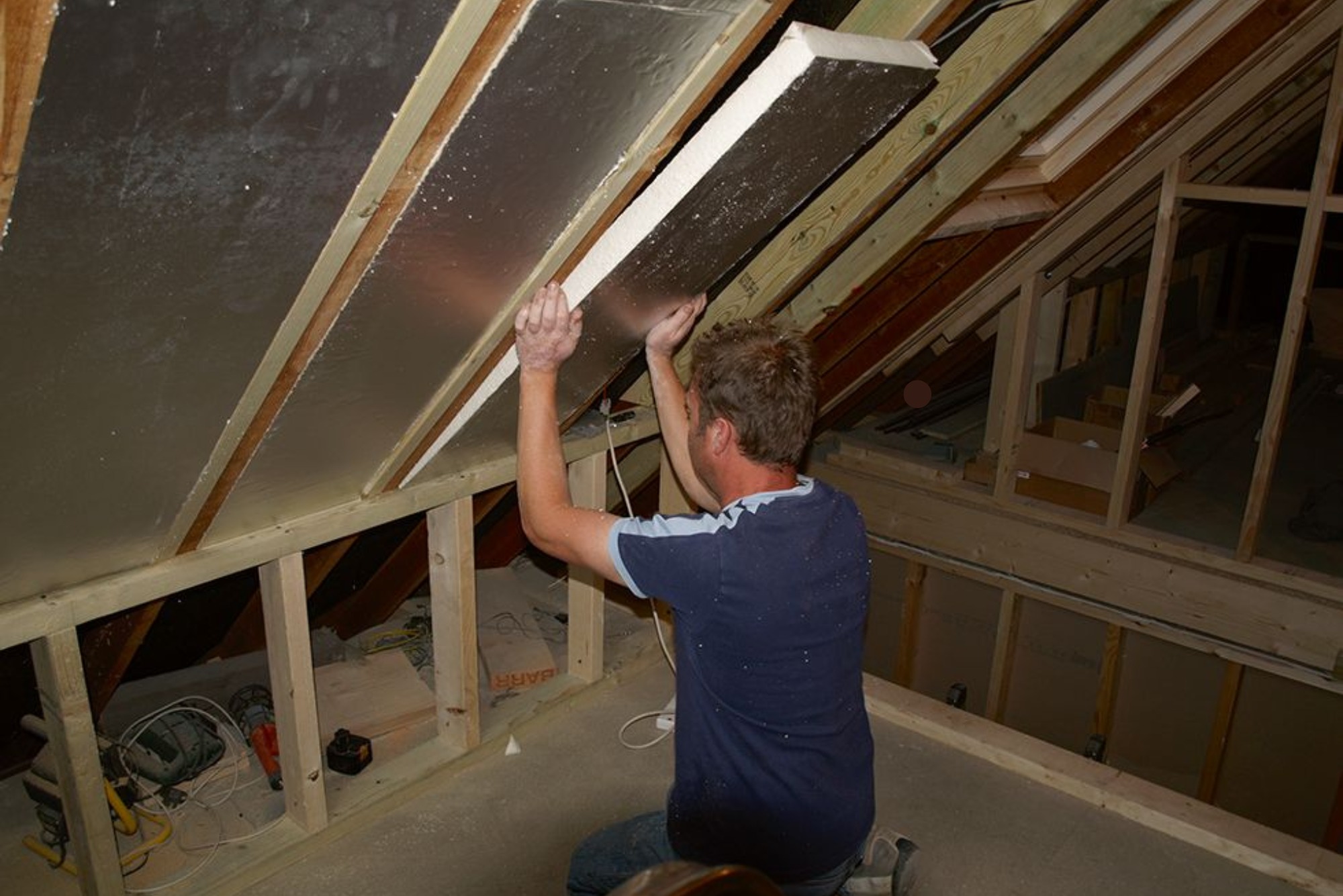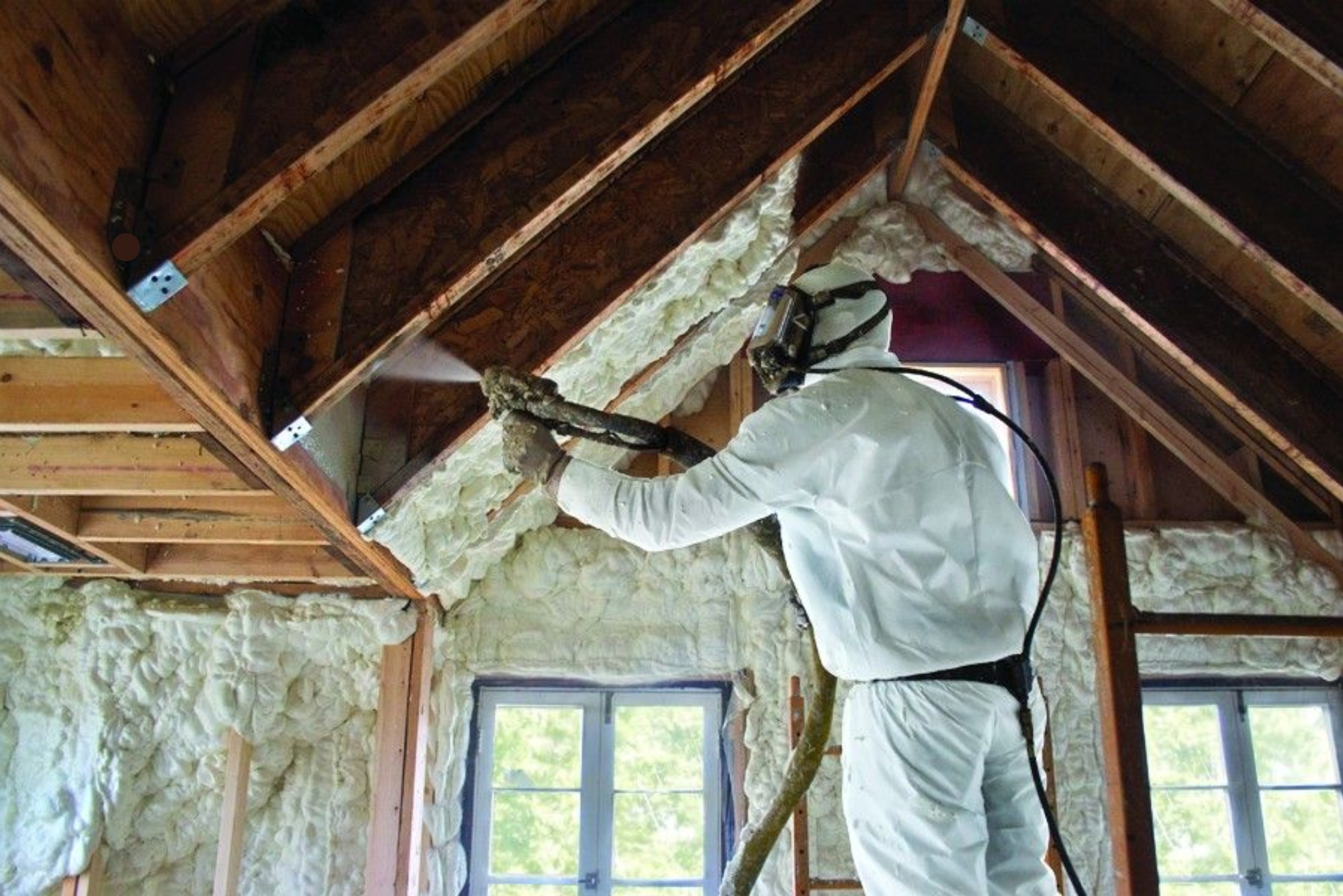Loft boarding is a popular method of utilizing attic spaces for storage or creating additional living areas. However, a crucial aspect that homeowners often overlook is how loft boarding affects insulation. Proper insulation is essential for maintaining energy efficiency, reducing energy bills, and ensuring a comfortable indoor environment. When you board a loft, you may unintentionally disrupt the insulation, which could lead to several issues.
We will explore the impact of loft boarding on insulation, how it can affect your home’s energy efficiency, and the best practices to follow when installing loft flooring to ensure your insulation remains effective.
What Is Loft Boarding?
Loft boarding refers to the installation of wooden boards or panels across the beams of an attic or loft space. The primary purpose is to create a flat, stable surface for storage, preventing items from falling between the gaps in the beams. While loft boarding offers practical benefits, it can potentially affect the performance of your loft insulation. This impact can be either positive or negative, depending on how the boarding is installed and the type of insulation in place.
The Role of Loft Insulation in Energy Efficiency
Before diving into how loft boarding affects insulation, it’s important to understand the role of loft insulation in energy efficiency. Insulation in the loft helps to maintain the internal temperature of the home by reducing heat loss through the roof.
In winter, it keeps the heat inside, while in summer, it prevents the loft space from overheating, ensuring the house remains comfortable year-round. Proper insulation can reduce energy consumption, lower heating costs, and decrease your carbon footprint.
How Loft Boarding Affects Insulation

When you install loft flooring, you are essentially covering a portion of the insulation or creating barriers between the insulation and the room below. This can affect the airflow and distribution of heat in the loft, potentially leading to the following issues:
1. Blocking Airflow to Insulation
Loft insulation works best when it is not compressed or restricted. Loft boarding can block the natural airflow, which is critical for insulation to function correctly. If the insulation is compressed or unable to breathe, its effectiveness is reduced. In some cases, this can lead to the formation of damp spots in the insulation, promoting the growth of mold and mildew, which further degrades the insulation’s efficiency.
2. Reduced Insulation Depth
In many homes, loft insulation is laid in layers, with the depth of the insulation crucial to its performance. By installing loft flooring, the insulation could be disturbed or compressed, leading to a reduction in the overall depth. This not only reduces the insulation’s ability to retain heat but also means that you may need to re-install additional layers of insulation to compensate for the loss in depth.
3. Trapping Heat in the Loft
A well-insulated loft helps prevent heat from escaping. However, when loft boarding is installed without proper consideration for the underlying insulation, it may trap heat in the loft space. This creates a warmer attic environment, which could increase the likelihood of heat transfer into the rooms below, affecting comfort levels inside the house. Over time, this can result in higher energy costs as your heating system works harder to maintain the desired temperature.
4. Disrupting Existing Insulation Types
If your loft already has certain types of insulation, such as fiberglass or cellulose, loft boarding could disrupt the efficiency of the material. For instance, some insulation materials need to be spread evenly across the surface of the loft, and installing boards may interfere with this uniform coverage. This can leave gaps in insulation coverage, allowing heat to escape and cold air to enter, reducing the overall efficiency of the system.
Best Practices When Installing Loft Flooring
If you’re planning to board your loft but are concerned about the impact on insulation, there are several steps you can take to mitigate potential problems and maintain your loft’s insulation performance.
1. Leave a Gap for Ventilation
One of the key practices is to ensure proper ventilation in your loft. This can be done by leaving a gap between the loft flooring and the insulation. By creating an air gap, you allow heat to flow freely, which prevents moisture buildup and promotes even insulation coverage.
2. Use Raised Loft Boarding
Instead of laying the boards directly on top of the insulation, consider using raised loft boarding systems. These systems are designed to lift the boards above the insulation, allowing airflow to continue and preserving the depth of the insulation. This method ensures that your loft remains accessible for storage while still retaining the efficiency of the insulation.
3. Install Insulation After Boarding
If you are renovating your loft and installing new insulation, consider putting down the loft flooring first and then installing additional layers of insulation on top of the floorboards. This ensures that your insulation stays undisturbed and effective while still providing a stable surface for storage. It is also essential to ensure that the insulation is evenly distributed and not compressed under the floorboards.
4. Upgrade Insulation During Loft Boarding
If you plan to install loft boarding and your insulation is old or inadequate, this may be the perfect opportunity to upgrade it. Adding new layers of insulation or replacing outdated materials can improve energy efficiency and complement the new flooring. Ensure that any new insulation material you choose is compatible with your chosen loft flooring system.
Advantages of Loft Boarding with Proper Insulation
When done correctly, loft boarding can offer several benefits while maintaining the integrity of your insulation:
- Increased Storage Space – By creating a flat, stable surface for storage, you can use your loft space more efficiently.
- Improved Insulation – If installed properly, loft boarding can enhance the performance of the insulation by maintaining airflow and preventing heat loss.
- Enhanced Property Value – A well-insulated and boarded loft can increase the value of your property, making it more attractive to potential buyers.
Disadvantages of Loft Boarding Without Proper Insulation Considerations

When installing loft boarding, it’s essential to account for how it interacts with the loft insulation. Loft boarding affect insulation in various ways if not properly planned, potentially leading to several disadvantages. For instance, installing loft flooring directly over insulation without adequate gaps for airflow can compress the insulation, reducing its effectiveness.
Insulation is designed to trap heat and maintain temperature regulation, but when it’s compressed or disturbed by improperly laid boards, its thermal resistance is reduced. This can lead to higher energy consumption, as more heat escapes through the loft, forcing your heating system to work harder. Moreover, without proper ventilation, moisture can accumulate, leading to mold growth and further insulation damage.
Additionally, insufficient consideration of insulation during the loft boarding process can result in uneven temperature distribution, cold spots, and reduced comfort in your home. Therefore, ignoring the interaction between loft boarding and insulation can cause long-term damage to both your insulation and overall energy efficiency.
Table: Loft Boarding and Its Effect on Insulation
| Loft Boarding Practice | Effect on Insulation | Recommendation |
|---|---|---|
| Direct boarding on insulation | Reduces insulation depth, blocks airflow | Use raised loft boards or leave gaps |
| Installing new insulation before boarding | Maintains depth and airflow | Ensure even distribution of insulation |
| Installing raised loft boards | Preserves insulation effectiveness | Ideal solution for storage and insulation |
| Not upgrading old insulation during boarding | Reduces energy efficiency | Upgrade insulation during loft boarding |
FAQs about Loft Boarding and Insulation
Q: Can loft boarding affect the energy efficiency of my home?
A: Yes, improper loft boarding can block airflow, compress insulation, and reduce its effectiveness, leading to higher energy bills and reduced comfort.
Q: How can I ensure my insulation is not damaged by loft boarding?
A: Consider using raised boards or leaving gaps for ventilation to preserve insulation depth and airflow.
Q: Should I replace my loft insulation before installing flooring?
A: If your insulation is outdated or inadequate, it’s a good idea to upgrade it before installing loft flooring to ensure maximum efficiency.
Q: Is loft boarding worth the investment?
A: Yes, if done correctly, loft boarding can add storage space and improve insulation, leading to better energy efficiency and higher property value.











